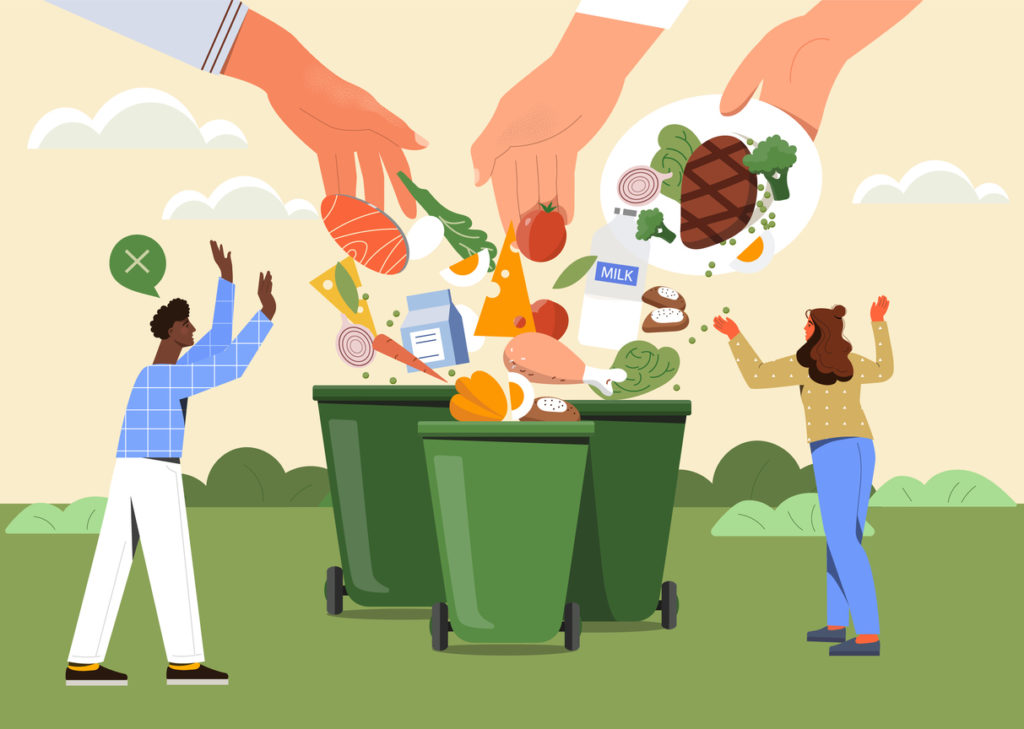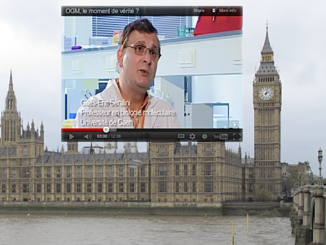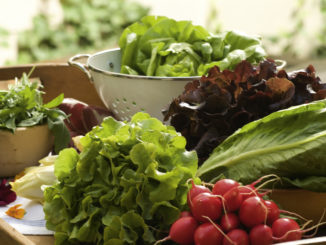
The end of the road for the missing Farm to Fork files means no progress for the Sustainable Food System Law and only the transport aspect of the animal welfare legislation surviving. Some progress is being made to move the SUR – Sustainable Use of Pesticides regulation – on, though member states and the environment committee in the Parliament may be pushing in opposite directions. And somehow, Parliament is finding time to really push hard and fast for new GMO’s. Everything you need to know in the agrifood week in Brussels, via Natasha Foote.
Into the bin – Sustainable food files and most animal welfare legislation
Stakeholders are mourning the loss of the outstanding EU sustainable food files this week after they were conspicuously absent from the European Commission’s 2024 work programme, published Tuesday (17 October).
The programme, which was presented to lawmakers this week in Strasbourg, outlines the Commission’s plans for the new year.
Despite maintaining that the EU executive will “continue to deliver” on the Green Deal, the remaining agrifood proposals were nowhere to be seen in the work plan.
This includes the long-awaited sustainable food systems law, a key element of the EU’s flagship Farm to Fork strategy and a central pillar of the Green Deal which aims to accelerate and facilitate the transition to sustainable food systems. The law was originally pencilled for the third quarter of this year.
Likewise, only one proposal – on the protection of animals during transport – out of the promised four that were supposed to make up the EU’s overhaul of the animal welfare legislation will be presented, according to the programme.
“While the main focus is now on implementation, we are coming forward still this year with proposals on the protection of animals during transport,” it reads.
This means that these missing proposals now face an uncertain future in the next Commission and Parliament, something that campaign groups were quick to denounce.
“As the European Commission scraps or delays all files related to sustainable food and farming, the Farm to Fork strategy is becoming more and more Farm to Flop,” the European Vegetarian Union posted on X.
Meanwhile, Compassion in World Farming has said it will now look at taking first steps towards a legal action to hold the Commission to account, pointing out that a “huge majority” of Europeans supports a ban on individual cages for farmed animals.
According to a new Eurobarometer survey published this week, 89% of EU citizens want to stop the individual caging of farmed animals, while 84% want the welfare of farmed animals to be better protected.
But the files weren’t the only ones missing in action this week. Recently appointed Green Deal Chief Maros Sefcovic – who took over from EU juggernaut Frans Timmermans – also largely managed to skirt scrutiny on the issue after a press conference on the work programme was repeatedly rescheduled, and ultimately dropped, after geopolitical discussions took precedence.
Pesticides
Eleven EU countries banded together this week to propose scrapping national targets in the EU’s proposal to halve the use and risk of pesticides by 2030, a move campaign groups warn would reduce it to nothing.
The Commission’s original proposal on sustainable use of pesticides regulation (SUR), presented in June of 2022, proposes the annual calculation of tailor-made, national reduction targets, which, together, add up to an overall EU target of 50% reduction by 2030.
However, member states have now proposed a rewrite of the SUR to scrap a reference to national targets entirely, according to a leaked proposal presented at a working party meeting on Monday (16 October).
The proposal, seen by ARC but not accessible to the general public, was put forward by Bulgaria, Czech Republic, Estonia, Hungary, Italy, Latvia, Lithuania, Malta, Poland, Romania, and Slovakia.
Instead of national targets, the proposal suggests that each member state should describe in its national action plan “actions to be taken to contribute to approaching Union 2030 reduction targets”.
The proposal suggests these actions would be revisable, including the possibility to increase the use of more hazardous plant protection products in certain circumstances. These include, for example, a lack of alternatives and increased pest pressure due to climate change or invasive species.
The SUR proposal is currently undergoing discussions by lawmakers in the Council and the Parliament, with the latter’s environment committee (ENVI) due to vote on its position on 24 October with the aim for a definitive vote in November.
ENVI tends to have a progressive majority, with Socialists and Democrats, Renew, the Greens and the Left often combining to form a majority to push ambitious compromise proposals.
The vote will be very tight on Tuesday. Watch out for the following: member state obligations, IPM, hazardous pesticides, advisory services, targets, calculations, monitoring, imports, sensitive areas and aerial spraying. (And watch it all here live if you like too!)
Ministers, on the other hand, are still negotiating their position on the file. This means that if it wins the backing of other countries, this proposal could make it into the EU Council’s final position and be discussed in the inter-institutional negotiations, known as ‘trilogues’.
For the Pesticide Action Network Europe, such a move would prove catastrophic. “Experience teaches that, without a result-based approach and clear obligations and rules for member states, no progress in pesticide reduction will take place,” the campaign group warned in a statement.
Meanwhile, on the back of considerations about which indicator should be used to measure pesticide use, the European Citizens’ Initiative ‘Save Bees and Farmers’ and the European organic movement IFOAM joined forces this week to warn against “widespread disinformation and deception of European citizens” regarding progress in halving the use and risk of pesticides in the EU.
“The indicator proposed by the Commission for measuring pesticide reduction creates the illusion of pesticide reduction on paper, while pesticide use and risk in the field may even increase,” Helmut Burtscher-Schaden, Biochemist at GLOBAL 2000s said, arguing that there are “inherent conceptual flaws” in the methodology behind the indicator.
For instance, the flawed measurement tool currently proposed calculates an 8-fold higher risk for baking soda, a low-risk organic pesticide, compared to Difenoconazole, ranked as a hazardous pesticide.
However, for the EU’s pesticide umbrella group, CropLife Europe, member states have made “huge efforts” to achieve reductions already.
“We believe that the methodology for the calculation of any targets should continue to be use and risk based,” a representative for the association said, adding that they hoped the EU’s agricultural statistics reform from 2026 will allow for “further refinement of the pesticide targets and calculation with real field data.”
All systems go on new GMOs
The lead MEP tasked with crafting the Parliament’s position on a proposal to loosen the rules on new forms of genetically modified organisms (also known as new genetic techniques, or NGTs), centre-right Jessica Polfjärd, published her draft report this week.
After the Commission’s proposal on the matter was published back in July, the Parliament is pushing full speed ahead in efforts to get the proposal across the finish line within this mandate.
As such, the rapporteur has proposed an amended timeline for the file, with the aim to seal a deal on its position on the matter during the January plenary session.
The Socialists, Greens and Left of the Parliament lambasted this timeline, warning that it is “way too fast”. “They must be dreaming,” a source close to the matter told ARC, explaining that the timing would be too tight for practical matters, such as translation of the text and shadow meetings.
However, another source pointed out that the final decision rests with the rapporteur and the secretariat. “If they say it works, it works. Anything is possible if the secretariat says it is. I have seen files go way faster than that,” the source said.
Among the amendments proposed in the draft report include one which would permit the use of category 1 NGT plants in organic production.
Meanwhile, another proposes that, after the successful authorisation of a NGT-plant based on scientific criteria, the authorisation should be valid for an “unlimited period”, while the Commission’s suggestion to label category 1 NGT plant reproductive material as part of efforts to ensure traceability and transparency has been removed.






1 Trackback / Pingback
Comments are closed.